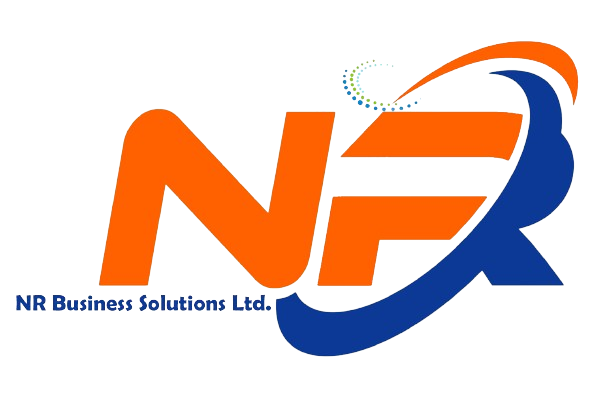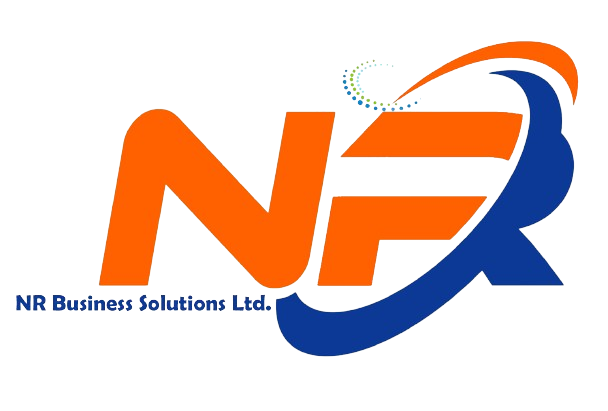
Celebrate their Success

3) Celebrate their
As you go about goal-setting with your teams, it helps to place those goals in a framework and base them on real metrics and data. OKRs (objectives and key results) provide that framework, while tracking the appropriate key performance indicators (KPIs) gives you the metrics and data for what your team is currently accomplishing.
OKRs are by nature collaborative, which fosters team involvement and increases buy-in. They also define success well: The key results lead toward the objective or act as milestones along the way.
3) Celebrate their success
Good job, team! Never forget to laud good team efforts, ideas, or targets met. Share your team’s successes with the company at large and champion them to leadership. You can even organize a lunch or dinner for big wins where every team member can share the achievement. However you choose to mark the moment, do it together.
Related: How to express gratitude to your team
Fun ways to celebrate successes
-
Celebrate a successful project with an outing (on the company).
-
Distributed or virtual teams can’t go out, but they can enjoy activities such as a virtual escape room.
-
Use digital recognition or praise tools (such as in Microsoft Teams).
-
Recognize outstanding contributors with a tangible award (badge, trophy, etc.) — get creative here by creating a “trophy” that’s both meaningful and lighthearted.
-
For smaller successes with in-house teams, food is always an option.
4) Allow team members to problem solve
Instead of imposing solutions, encourage team members to brainstorm and develop their own suggestions. By giving your team space (physical, metaphorical, or even virtual with Teamwork Spaces) to find the right solution and propose their ideas, you can empower them to think creatively, develop their confidence, and foster a sense of ownership.
Related: 6 ways to better manage high-performance teams
Helpful problem-solving tips
-
Before anyone starts problem-solving, be sure they can accurately restate the problem.
-
Listen more than you think is necessary.
-
Give space for all parties to share and advocate for their position.
-
Encourage the team to come to a shared decision on their own.
-
If that fails, as a leader, you should calmly and firmly make a choice — and explain the reasoning behind your decision-making.
5) Provide adequate resources and training
A great leader doesn’t just help their team members to do their current jobs. Great leaders help them identify room for advancement to develop their skills and progress their careers. Support your team by giving them the resources they need to excel and reach the next level.
Related: More tips on how you can retain your best talent.
Onboarding tools for seamless transitions
-
Work with human resources to create an onboarding program, so the process is consistent between managers.
-
BambooHR Onboarding organizes and automates the process.
-
Wistia is a great platform for creating branded video content (for video training and onboarding).
6) Keep yourself accountable
In your time as a leader, things won’t always go perfectly smoothly. You might even make a few bad calls. (Hey, you’re only human.) When things go wrong — when a project goes off track, when the scope suddenly changes, when the unexpected happens — you need to face it head on. Take responsibility and work with your team to address the issues and get back on target.
Accountability tips
-
Demonstrate effective time management skills by completing your own tasks on time. Doing so demonstrates strong leadership skills and shows your whole team that you practice what you preach.
-
Apologize when appropriate — whether to individual team members or to a larger group of people, an apology from a leader demonstrates vulnerability and transparency. You’ll show that you’re still working on your own competencies and weaknesses, and you’re willing to admit when you’re wrong.
-
Focus on outcomes, not just task completion. You can check every box on your to-do list, but if your team doesn’t reach the appropriate outcome, the whole team — and you — share in the blame. “I did my part” shows a task-oriented mentality. “How can we do better” or “How can I help” shows a focus on outcomes.
Together We Can Make Awesome Memories
Are You Ready To Join Us On Your Next Trip?


